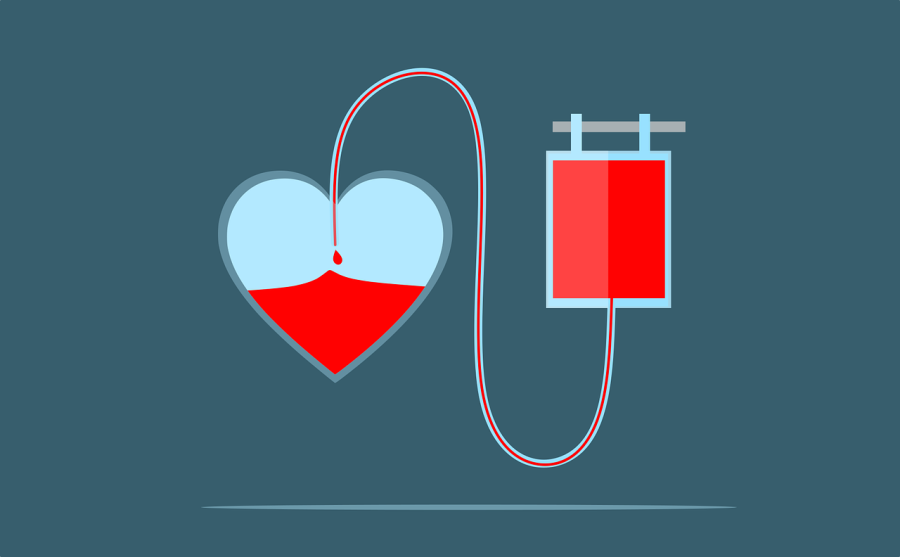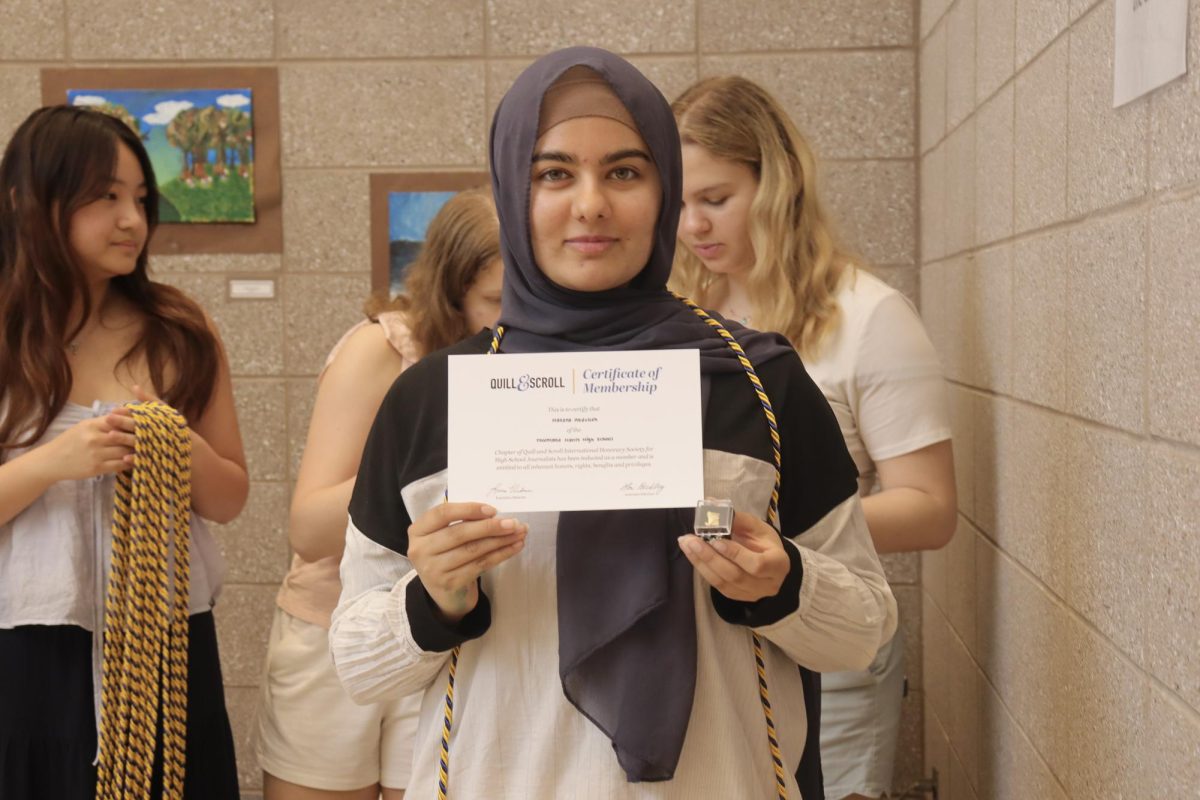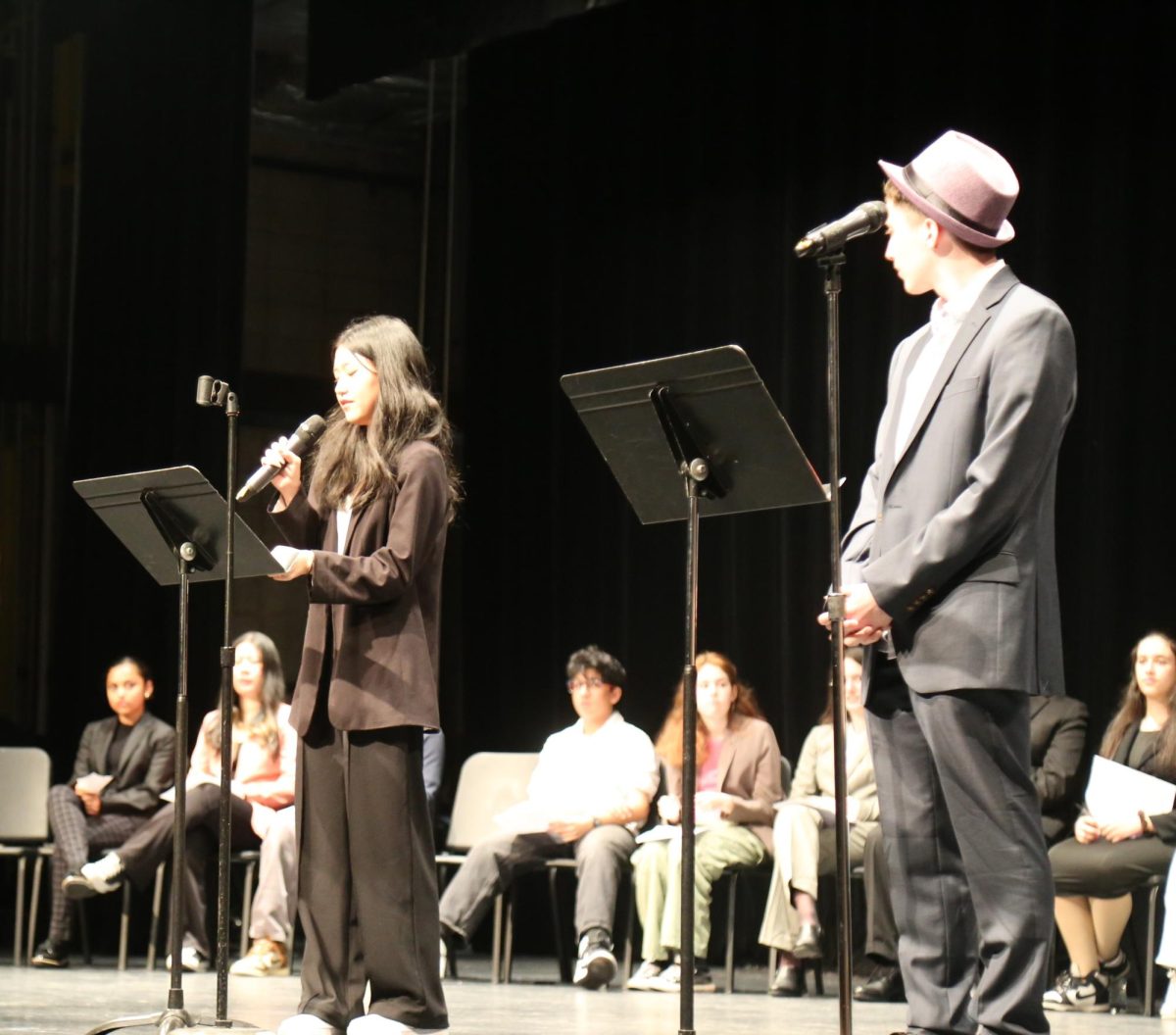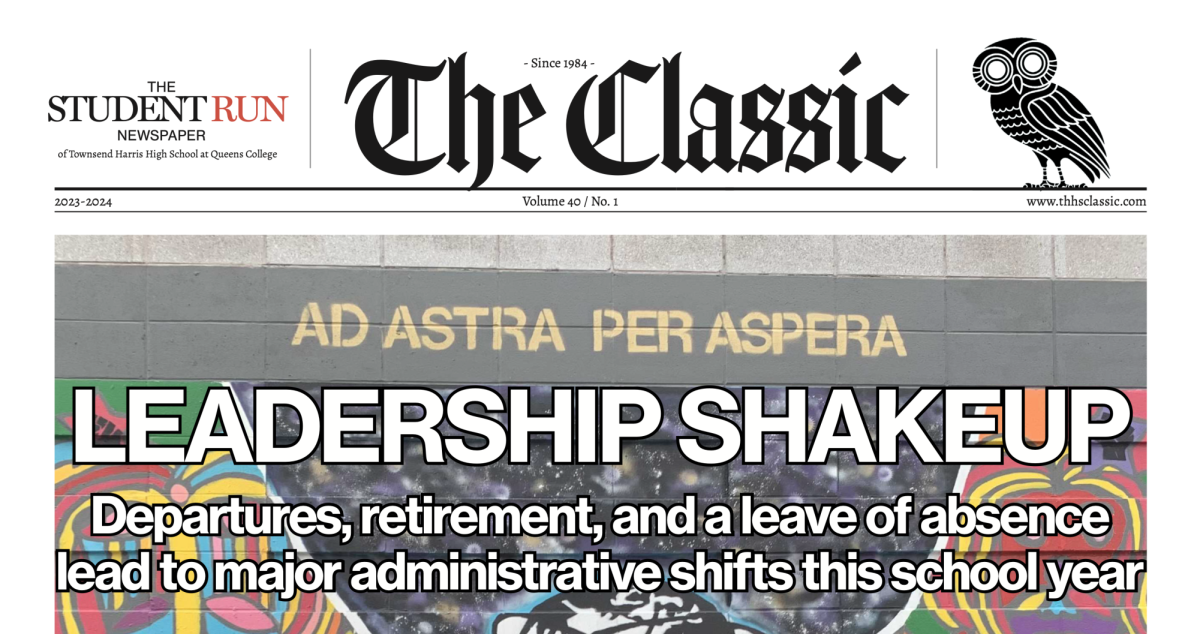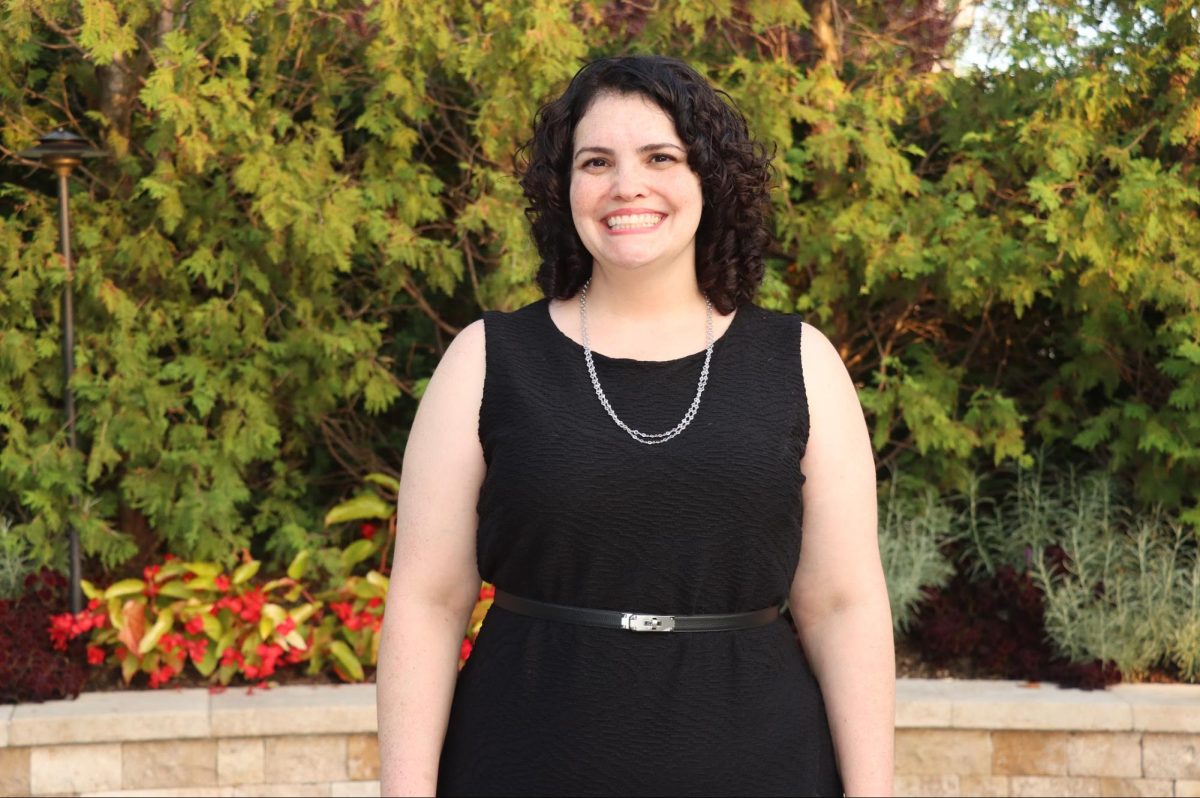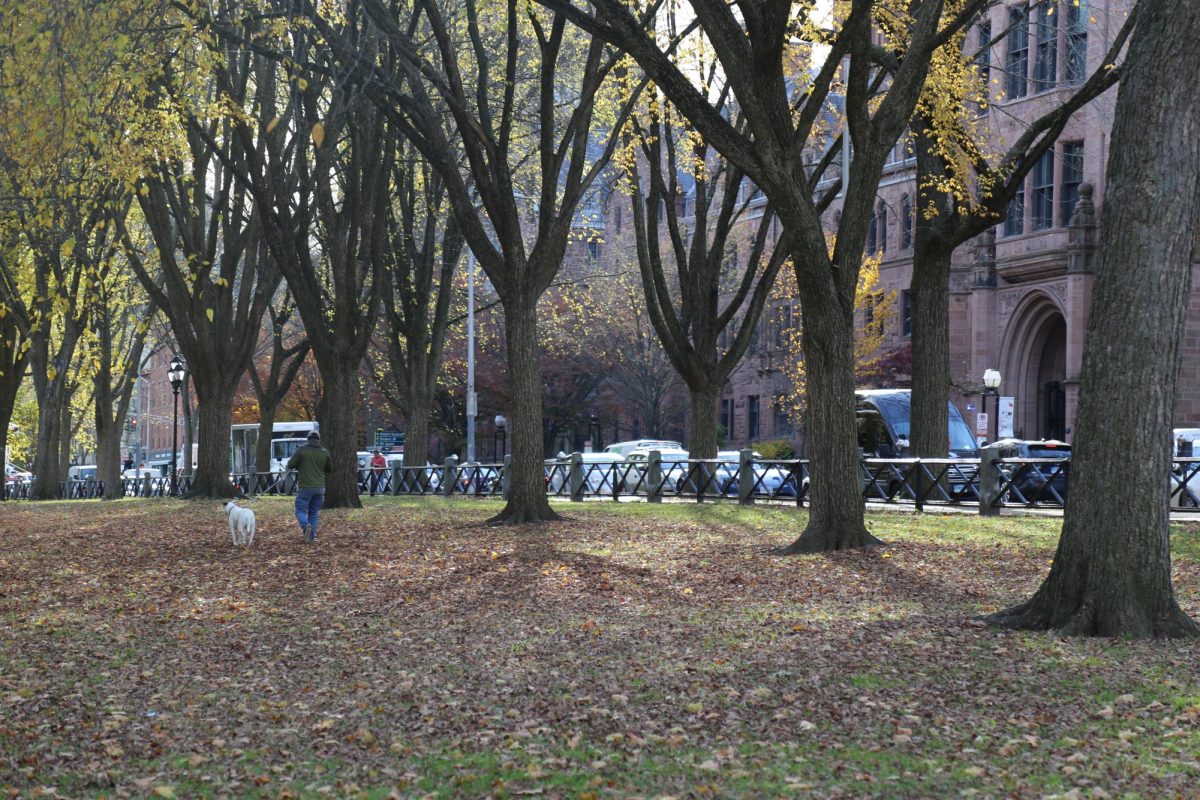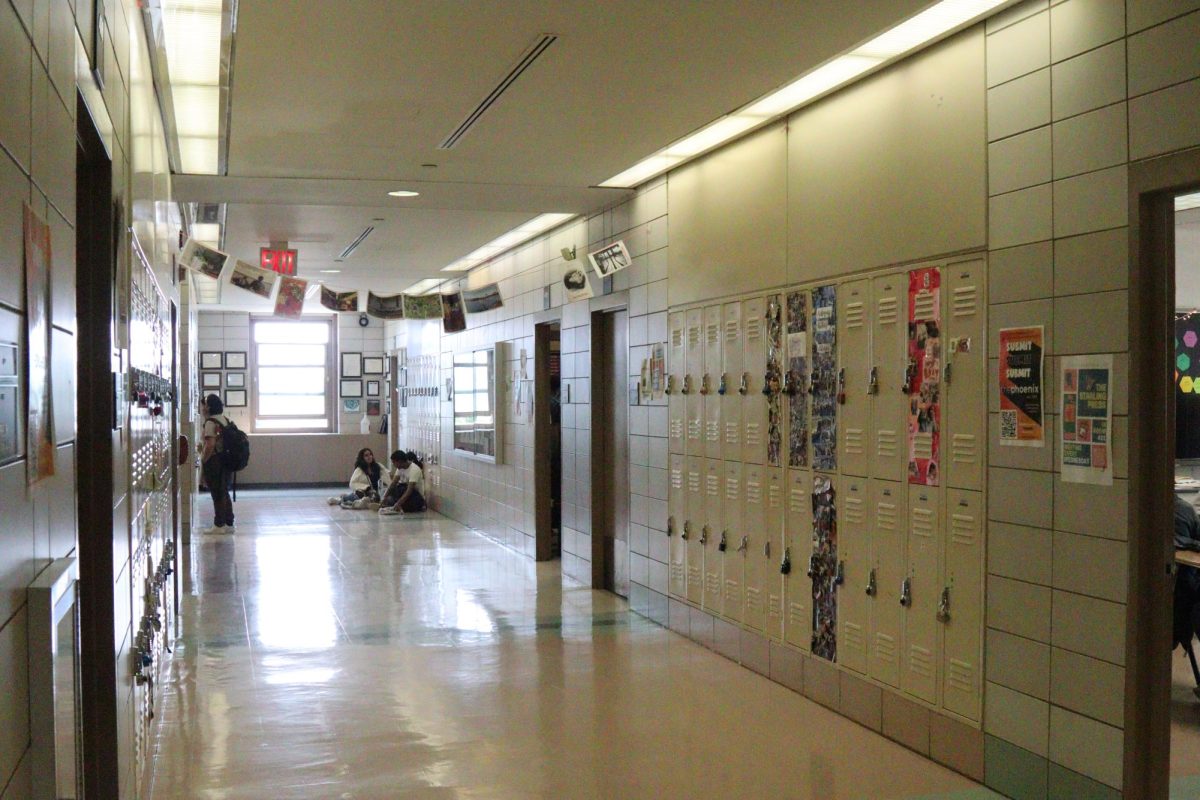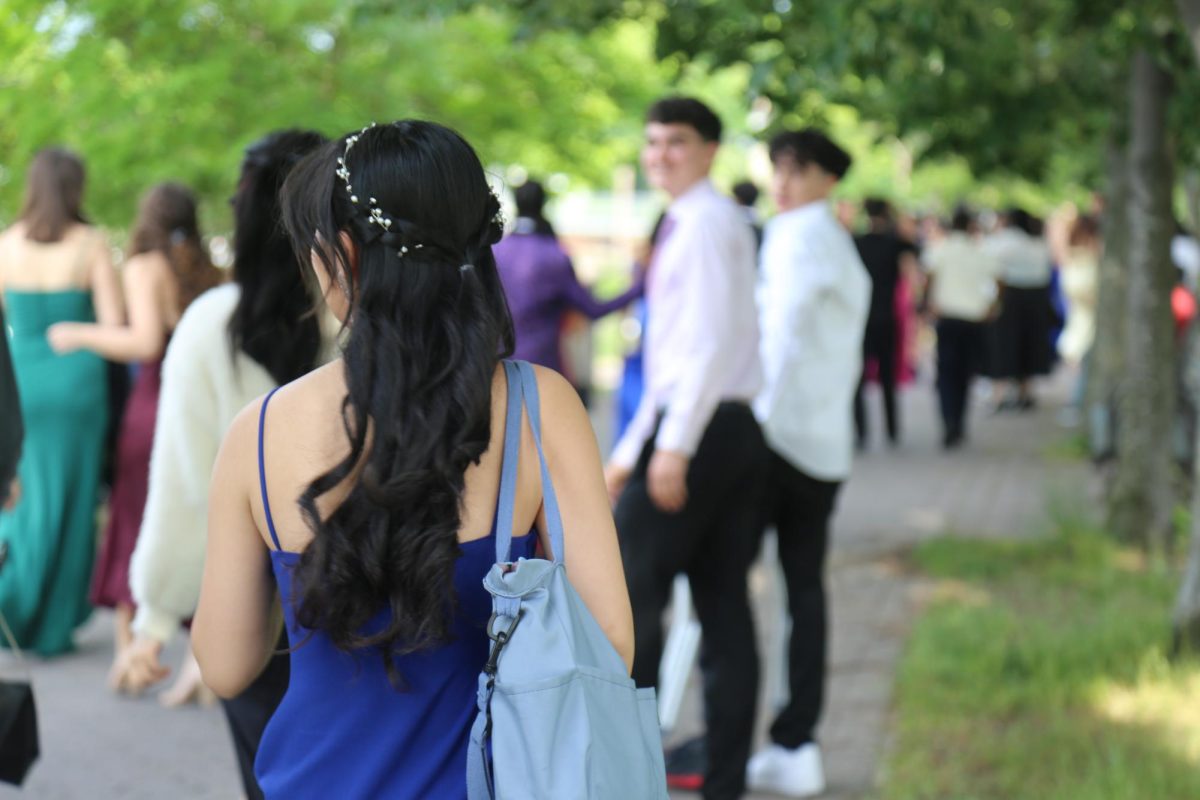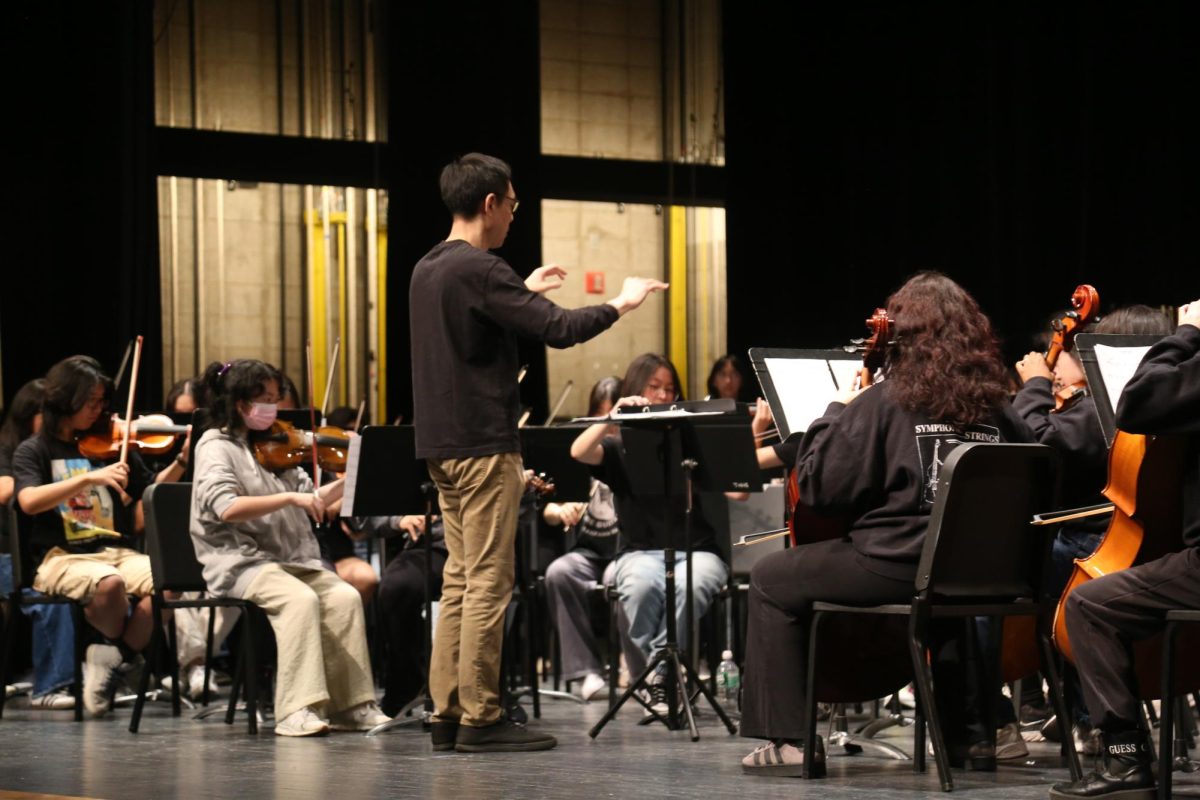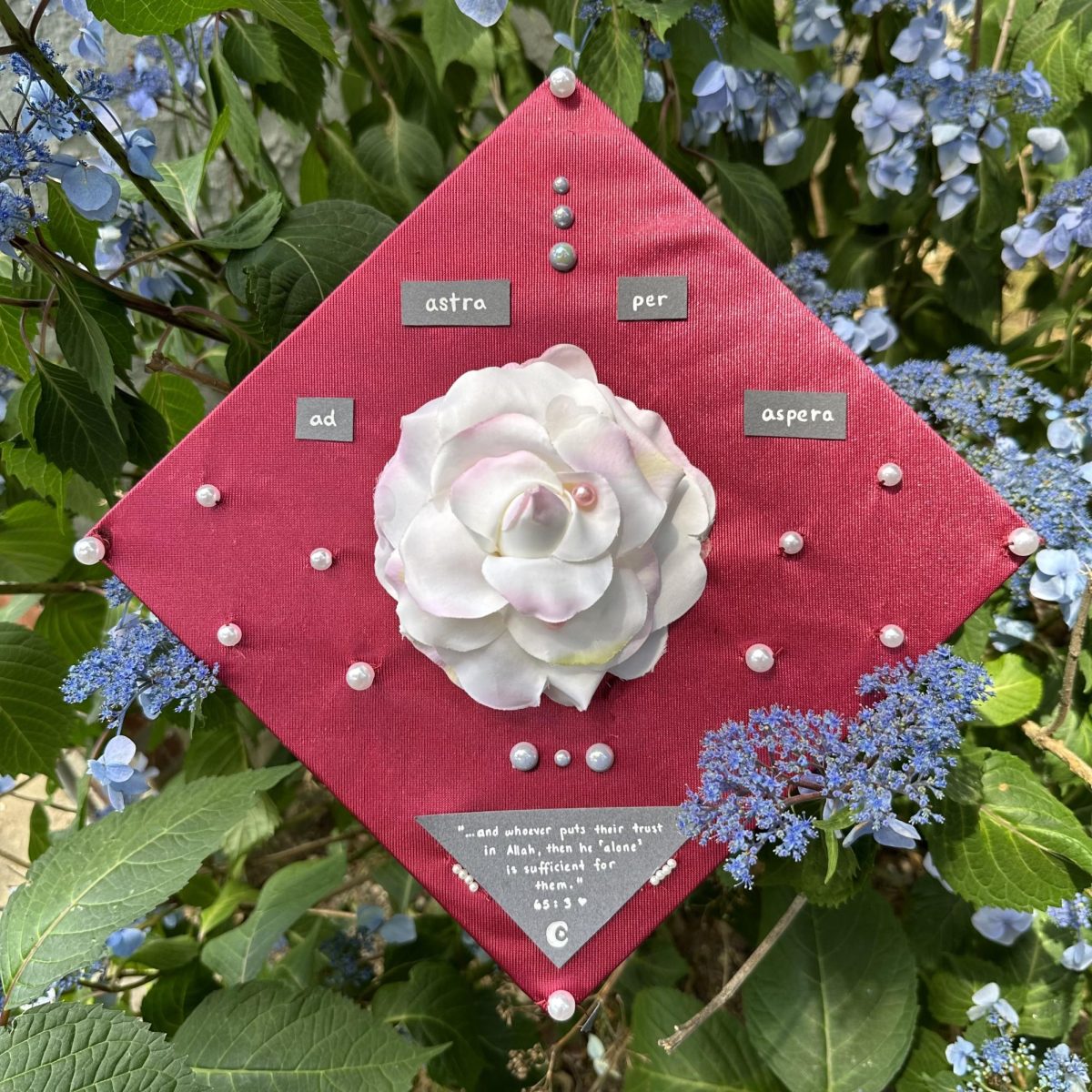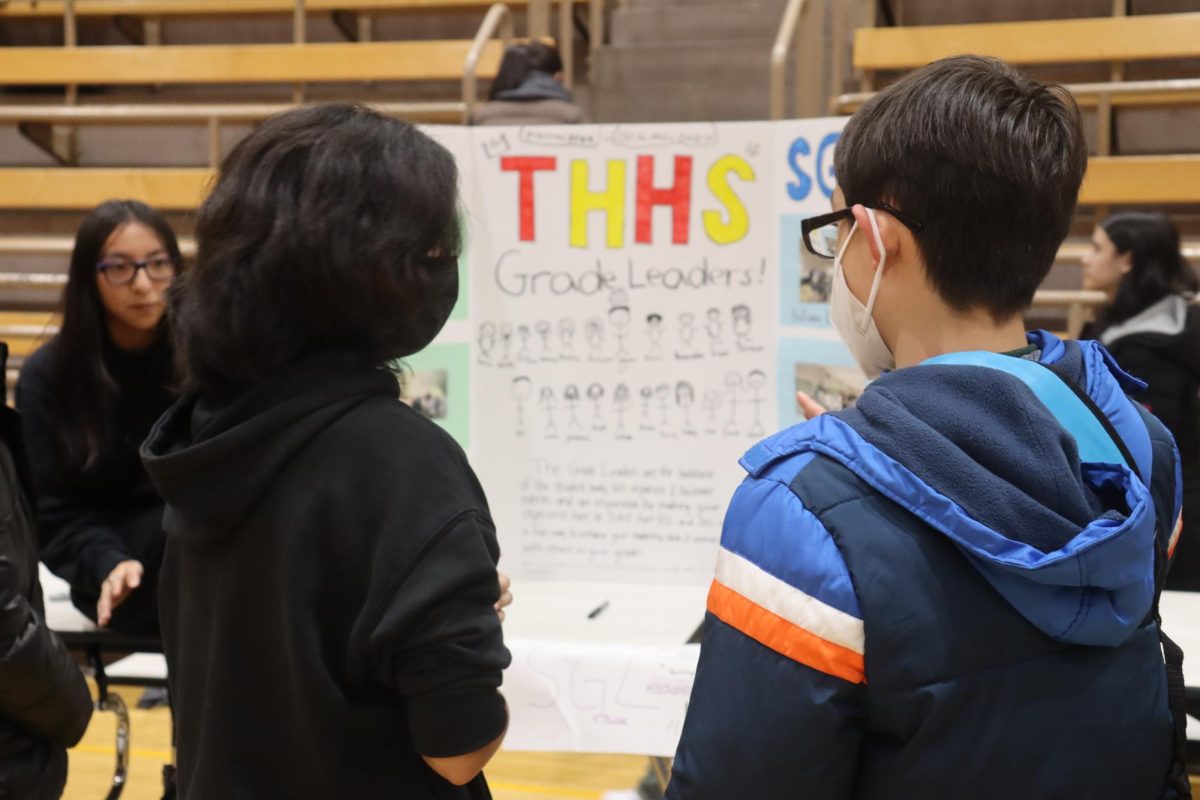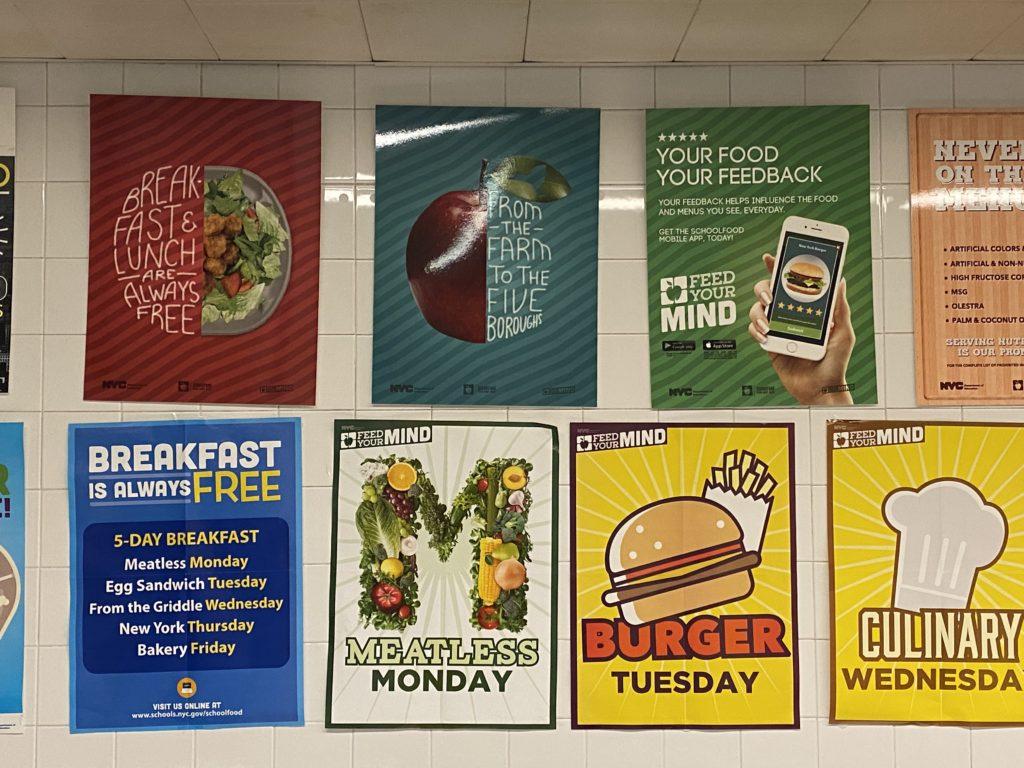
This year’s allocated 20-minute break, largely used as lunchtime, has reportedly changed some students’ daily eating habits. Due to the constraints of remote learning and having to fit all required classes into a specific time block, the time for each class has been cut down from 50 minutes to 38 minutes and lunch has been eliminated entirely. Although students are allowed to eat during class time, some feel that these cuts leave them with an insufficient amount of time to eat, sometimes affecting students’ eating patterns and habits.
“This remote learning situation has thrown the eating habits off for many students,” said physical education and health teacher Jamal Bermudez. “When it comes to nutrition, I think this area is the most negatively impacted.”
With no definitive band in which to eat lunch, students have resorted to eating throughout the school day.
Junior Daniel Song commented, “Half the time I see students in my Band 6 class eating during class with their cameras off or just off-camera.”
Some students described exhibiting similar behavior, many saying they eat discreetly and snack on foods that don’t require much chewing. “I eat small bite-sized snacks, like gummy bears or walnuts,” sophomore Jeffrey Jun shared. “I don’t usually eat but when I do, I eat when we’re doing individual work so I don’t show disrespect to the teacher.”
Meanwhile, other students haven’t encountered any issues with the lack of a lunch band. Some, like senior Karen Lozano, eat during their free bands. “I have a 90-minute free band three out five days of the week starting after 10:45 a.m. so the lack of a lunch band doesn’t really affect me.”
Likewise, junior Sky Jiang has third band free, which he takes to have lunch. “However, I can see how difficult this can be very difficult for a lot of students [without frees].”
Mr. Bermudez expressed concern about students’ increasing tendency to intermittent snacking. Due to increased sedentary behavior, he observed that students may find themselves grabbing a snack in the kitchen sporadically throughout the day, even without being hungry.
“If you have something heavy and lacking nutrient density like pizza or fried foods [as a snack], then you really fall in the hole,” he said. “To hack this, families should load the home with fruits and healthy snacks only. If you got up and had [healthy snacks]… you would feel the energy, not spoil your appetite, and perform better academically. It requires diligence, discipline, and focus. It also requires self-love.”
Mr. Bermudez recommended having a supply of foods such as apples, grapes, bananas, melon, cantaloupe, seaweed snacks, and yogurt. He also suggested avocado with whole grain bread, celery sticks, apple sauce, or nuts and raisins.
However, due to this limited amount of time for lunch, some students avoid eating during class out of the fear that it might distract them from paying attention to the lesson.
Junior Dorothy Joy Delacruz said she believes a designated lunch band should be implemented that lasts the same amount as a regular class band to avoid this. “[The designated break] isn’t a time solely reserved for eating, but also for relaxation and logging off of technology (and sometimes studying),” she added.
On the contrary, Mr. Bermudez held that 20 minutes is a sufficient amount of time to eat, that is if meal preparation is already accounted for. He suggested students prepare meals the night before class and wake up earlier to have an adequate breakfast. “If you have a great breakfast before you start your day, you won’t hit that crash after a couple of hours on the computer on an empty stomach, or just juice you grabbed quickly during class,” he said.
Psychologist Leslie Heinberg, who is the Director of Behavioral Services for the Bariatric and Metabolic Institute, recommended that you “take more than 20 minutes to eat a meal—ideally about 30 minutes—so that you can have an opportunity for your brain to catch up with your stomach.”
However, Mr. Bermudez contended that if an additional band were to be added, this would unnecessarily extend the school day. Not only would students have to be online for more hours, he explained, this addition would also compel teachers to remain in the school building longer. He also argued that even with a longer lunch band, many students would simply work through it per the “typical motivated Townsend student.”
“It requires extraordinary levels of motivation, maturity, and single-mindedness on the idea that you are not going to succumb to the negative tug of Corona,” Mr. Bermudez said. “It also requires a level of self-love. If you don’t love yourself enough to be inspired to be your best self at a time when most are not, that challenge will be that much more daunting.”
Image courtesy of Photography department

